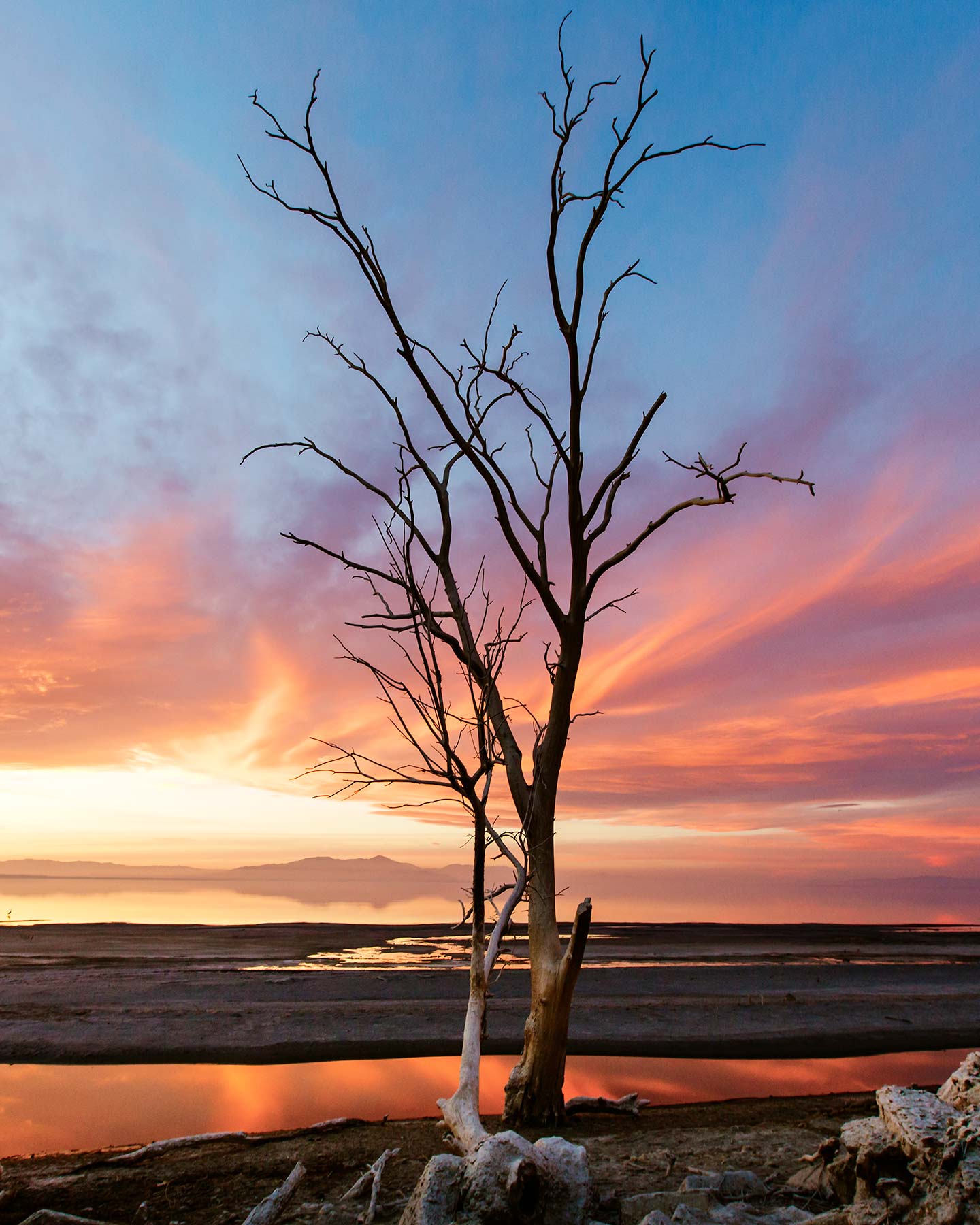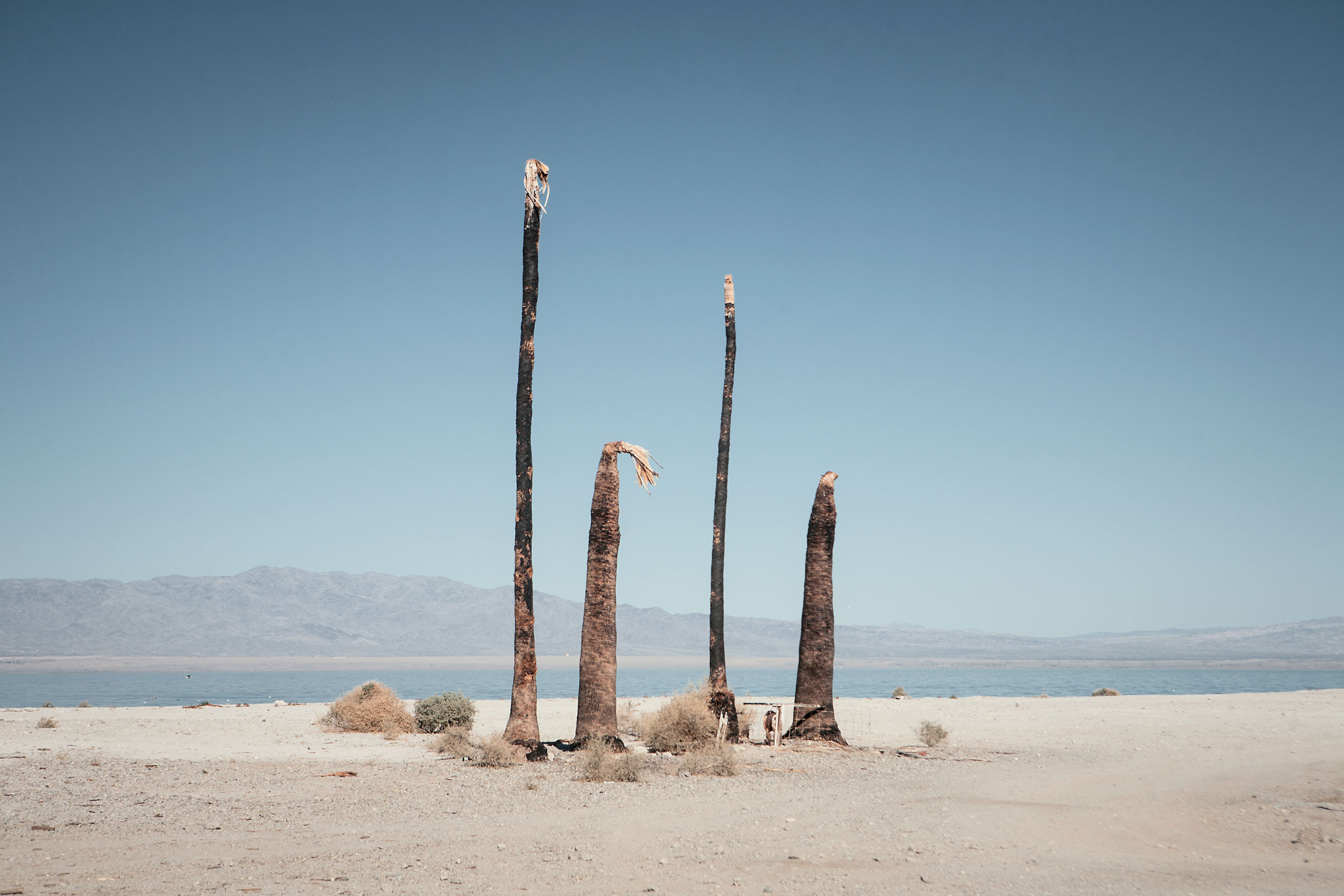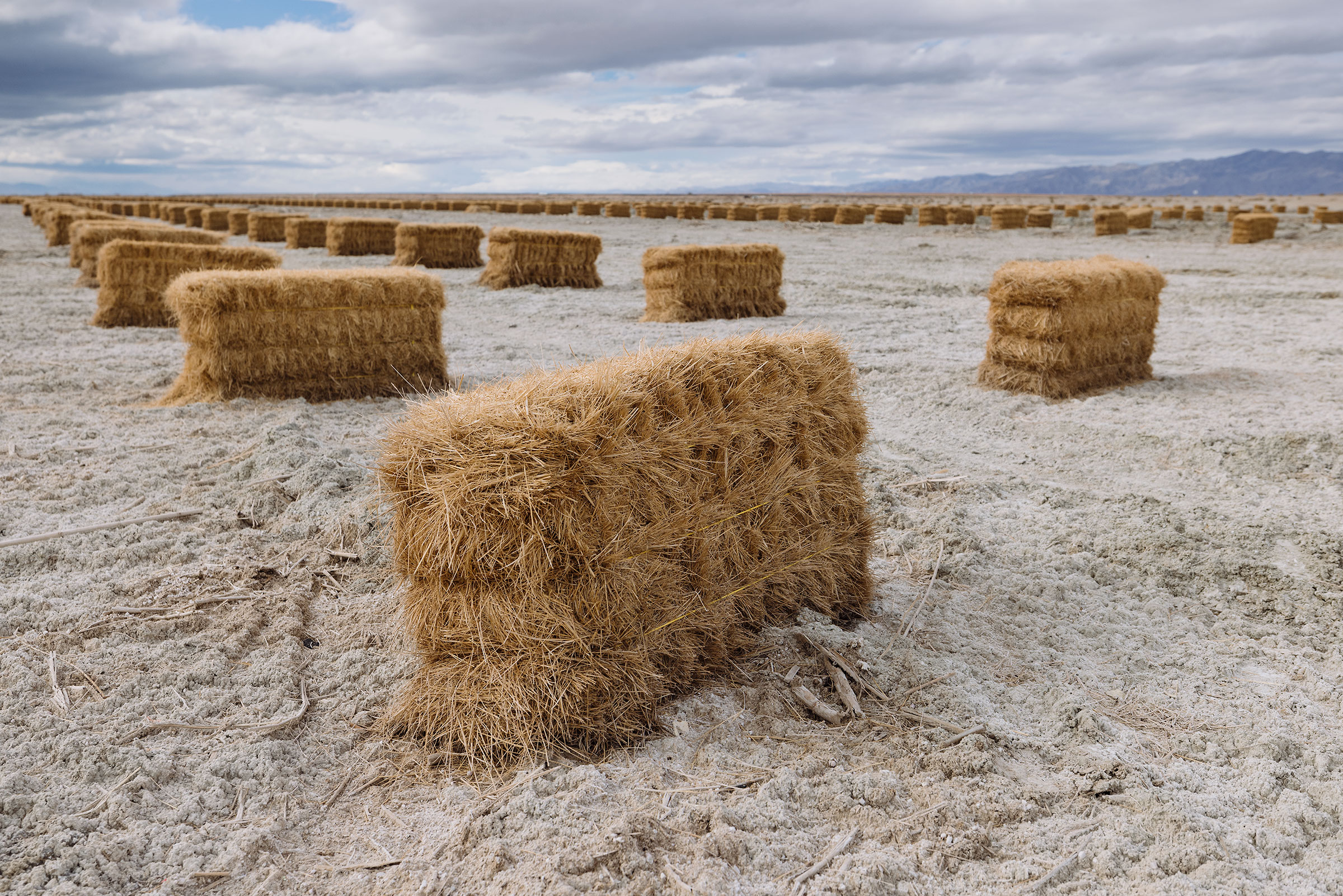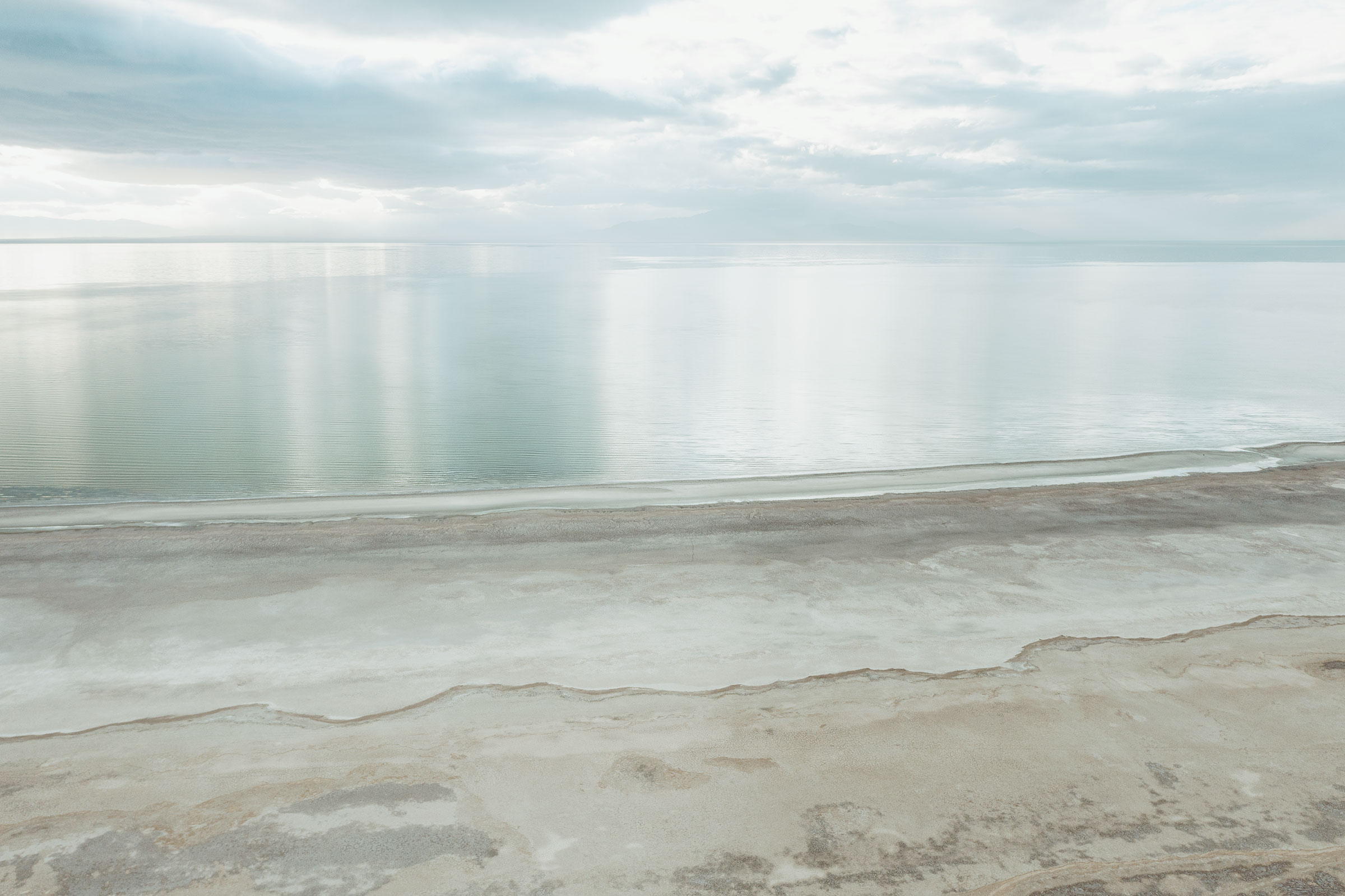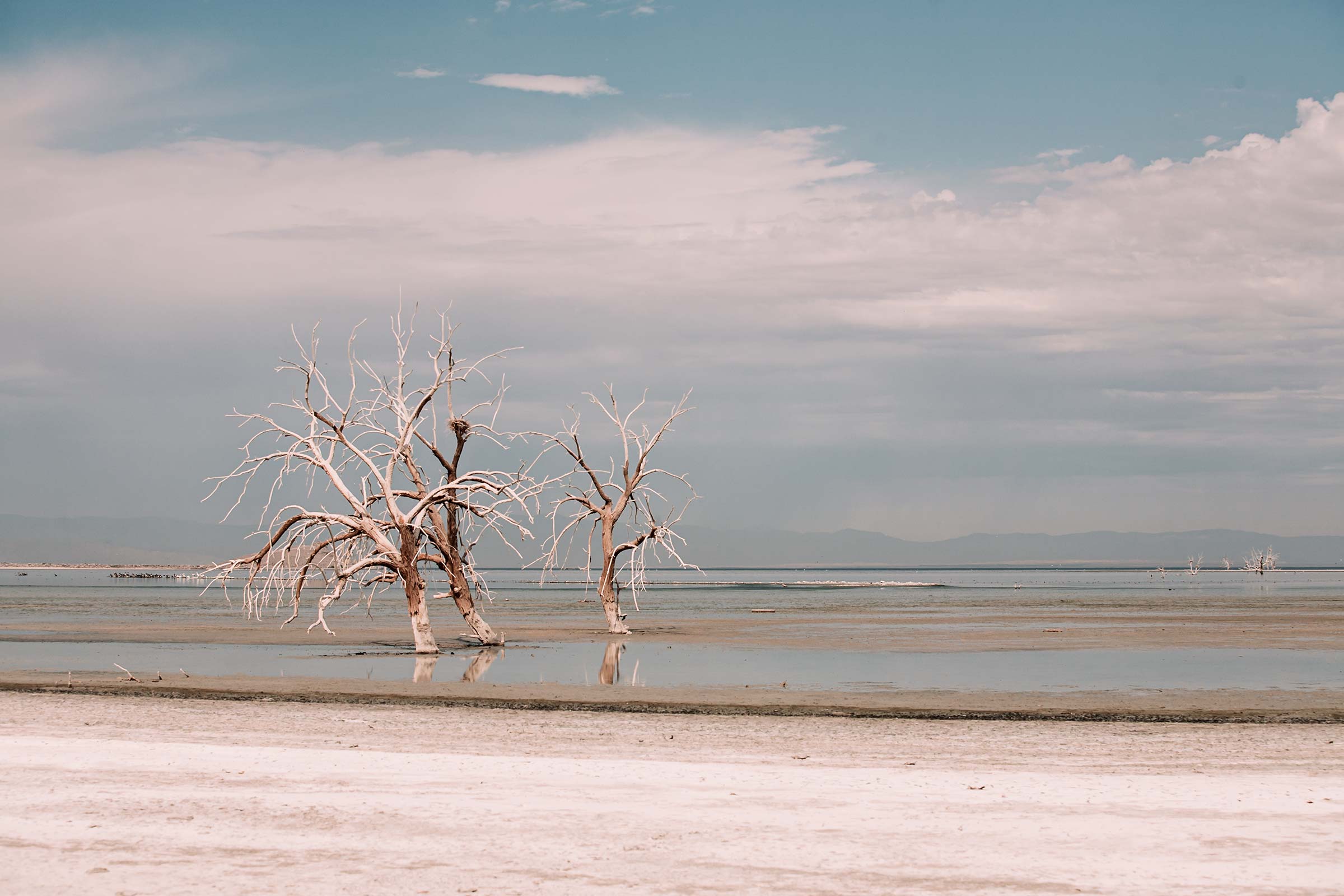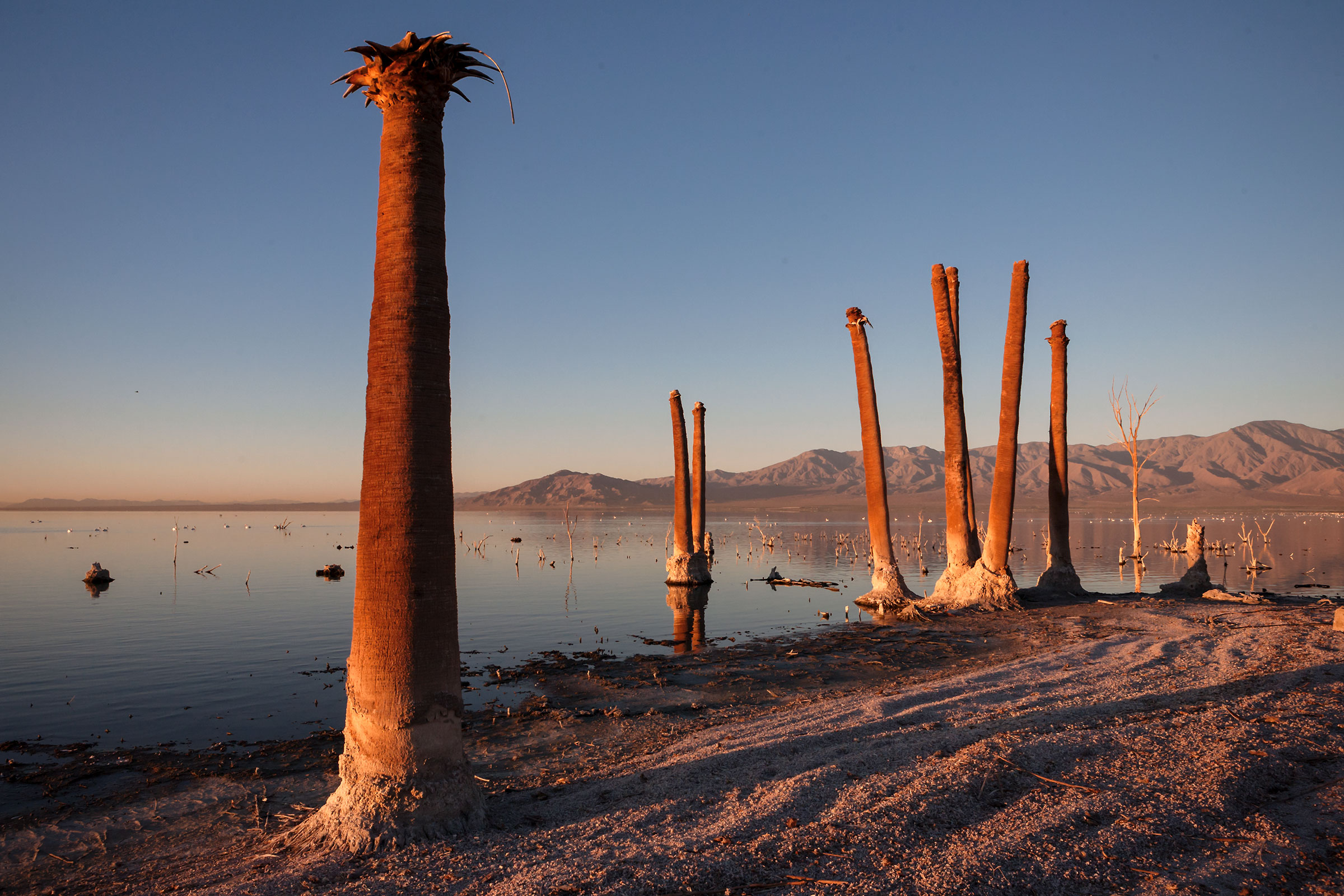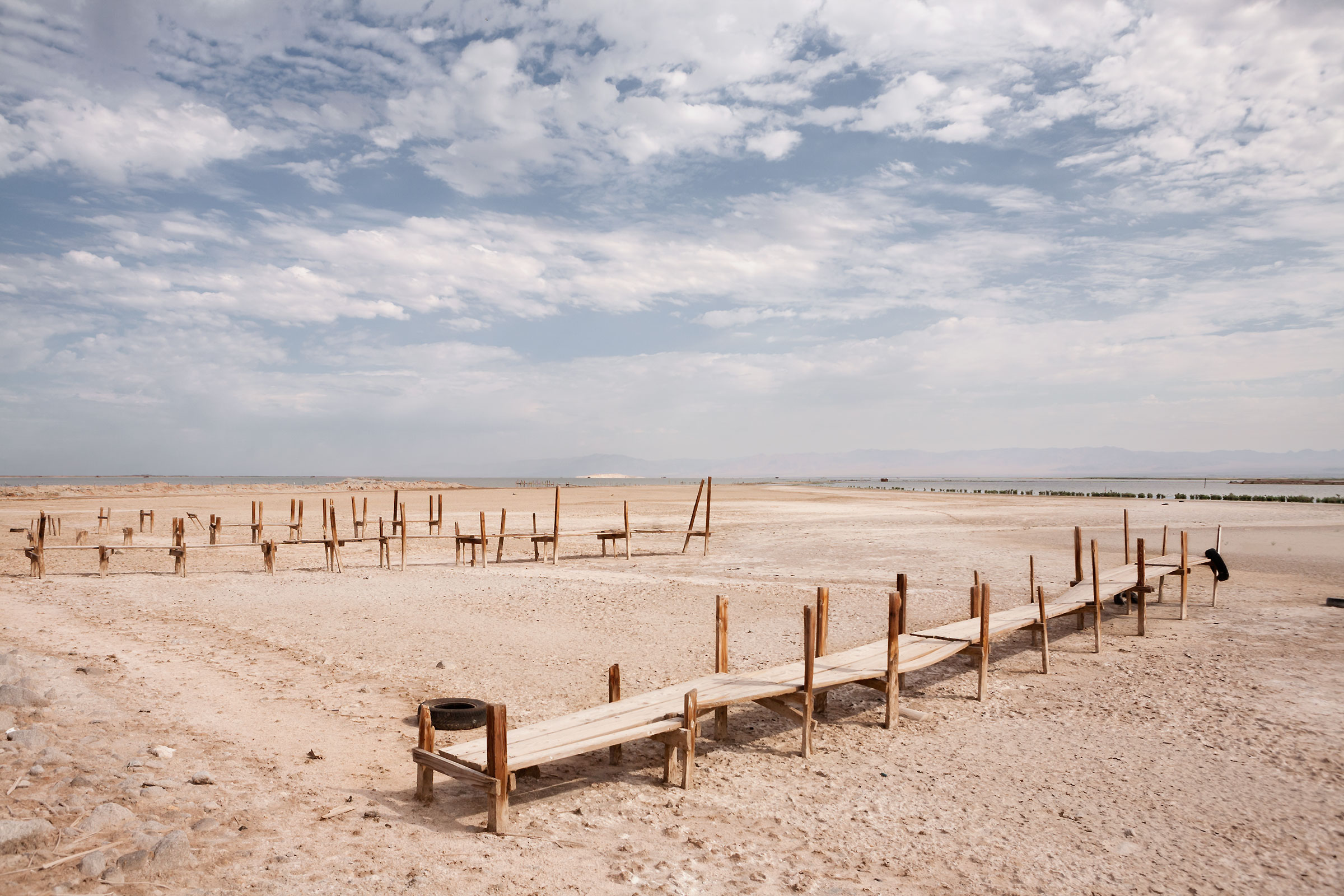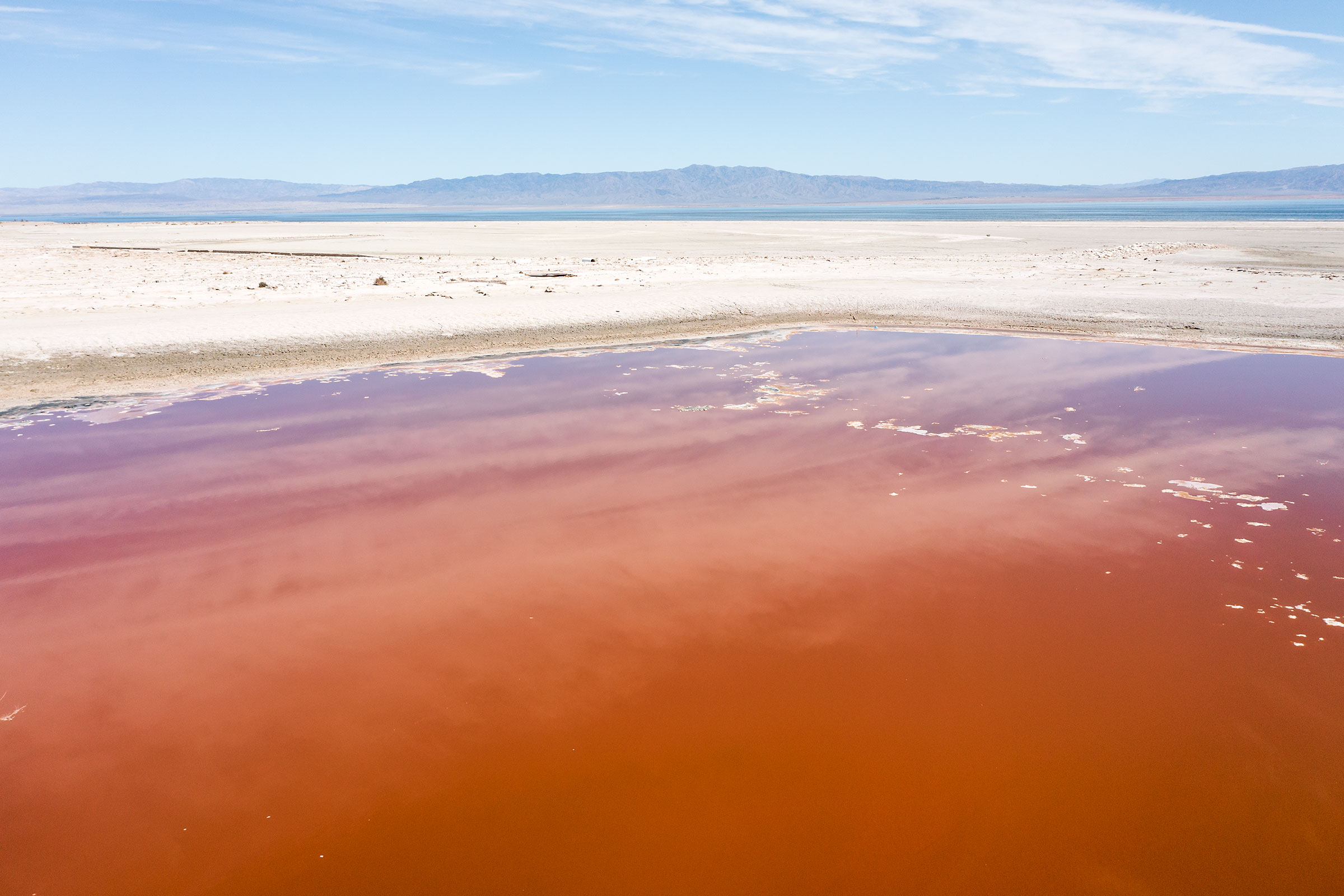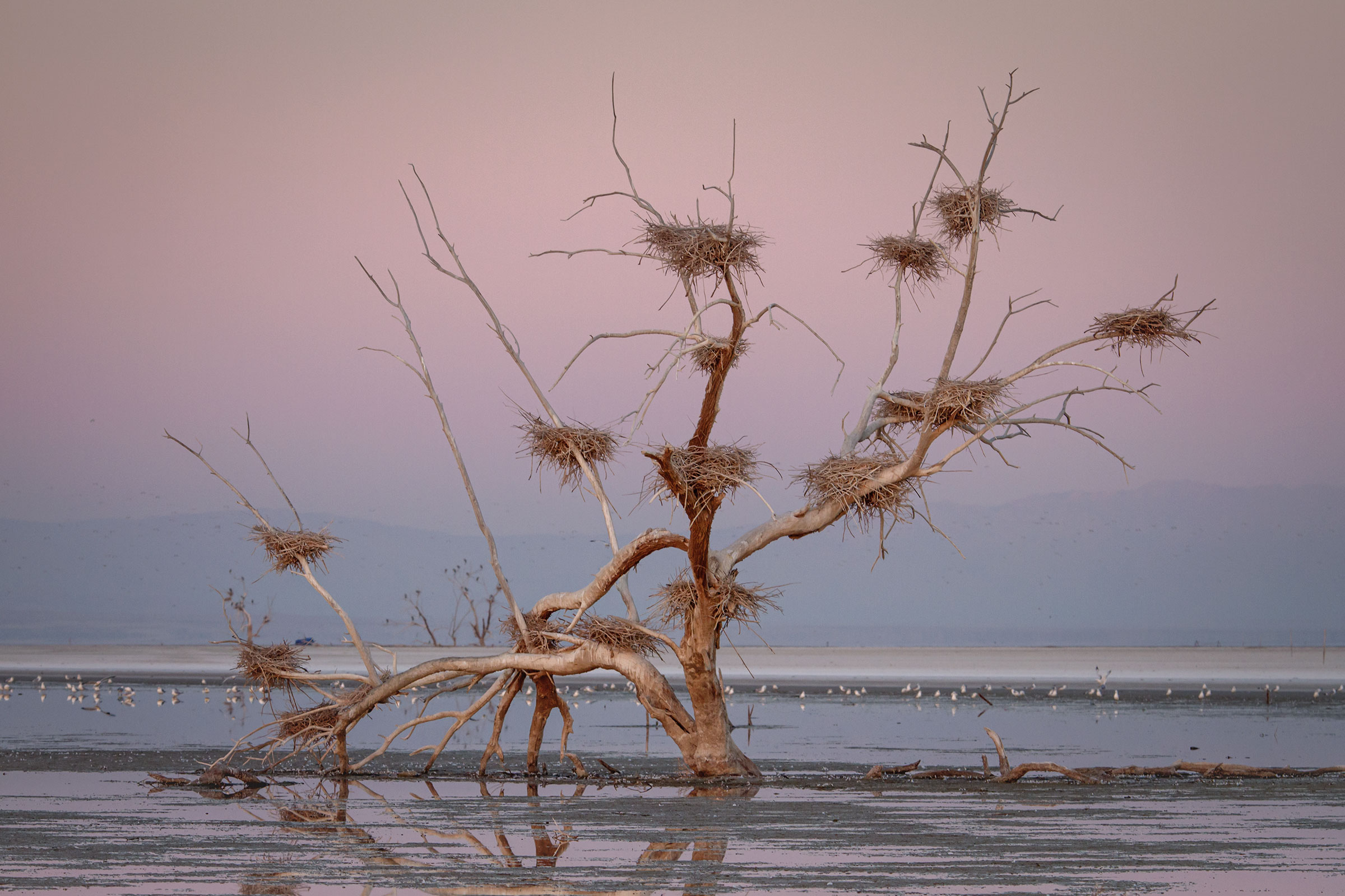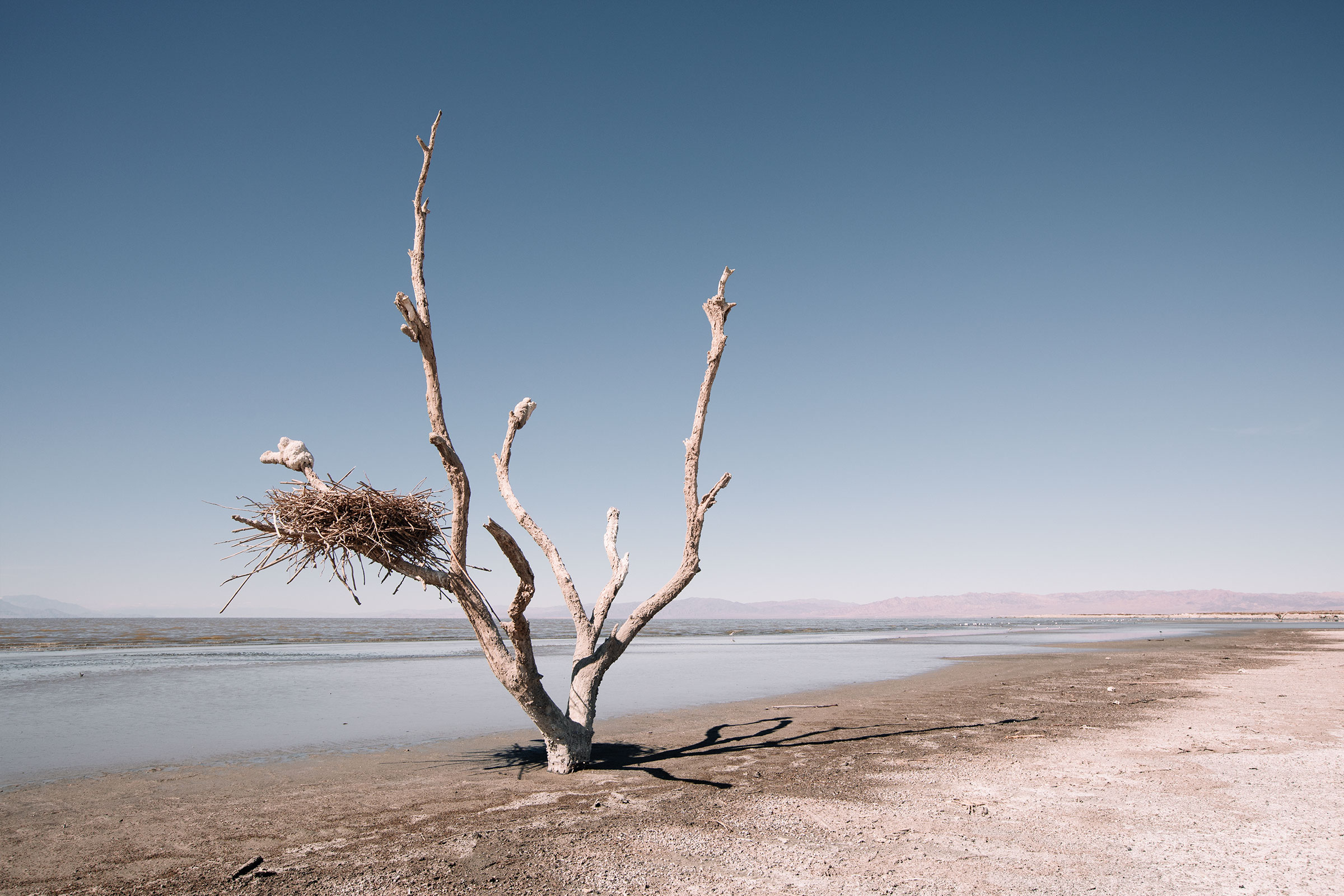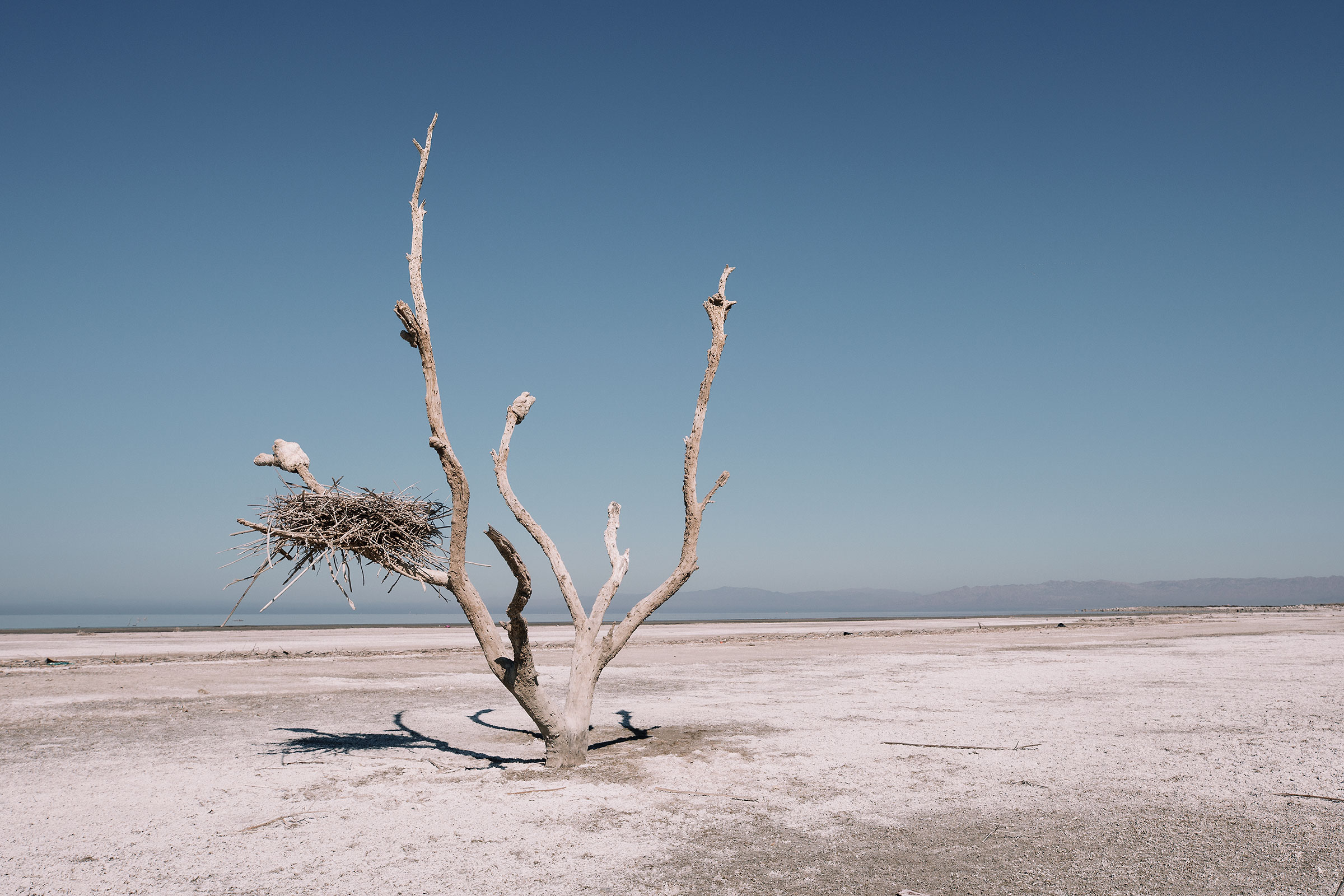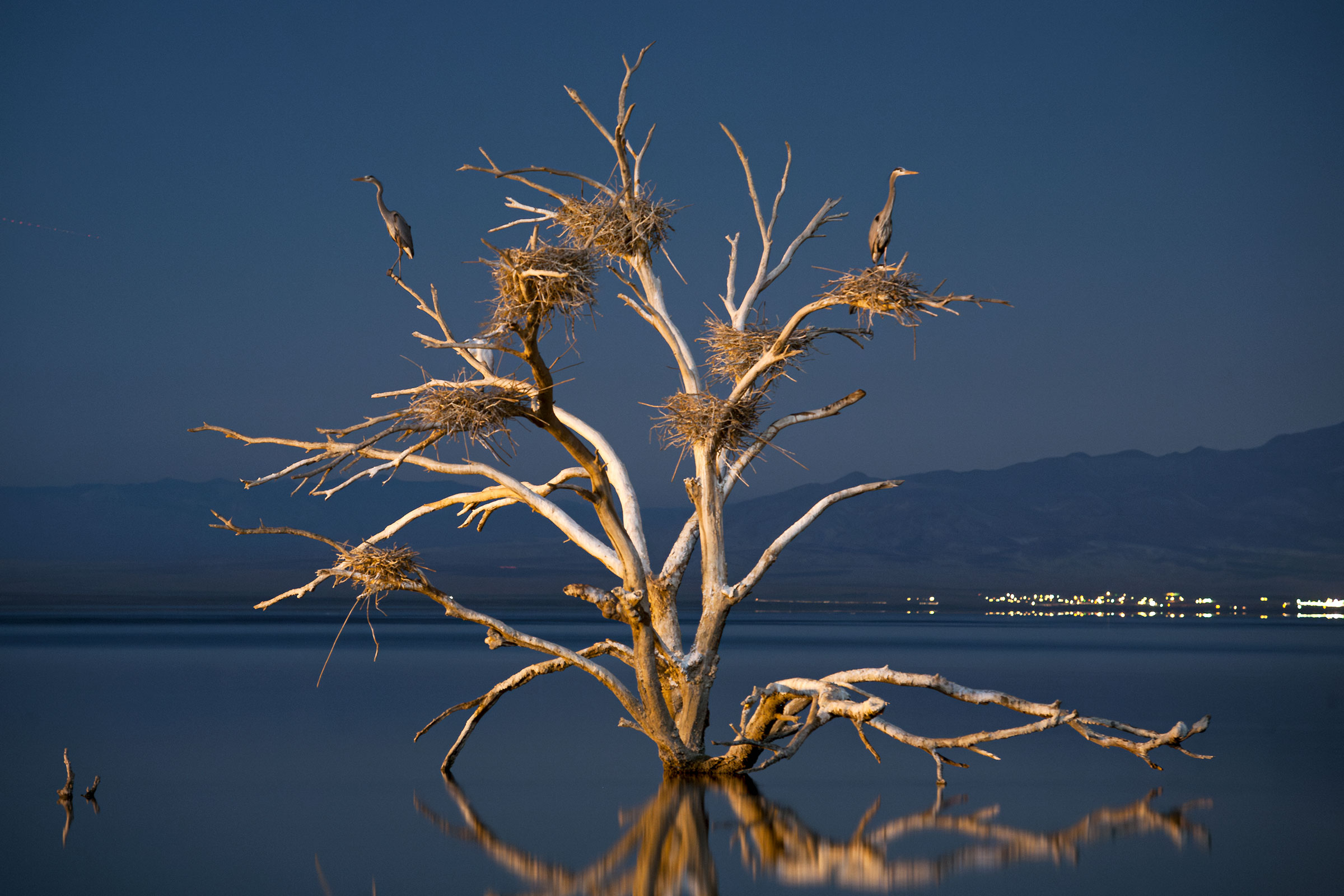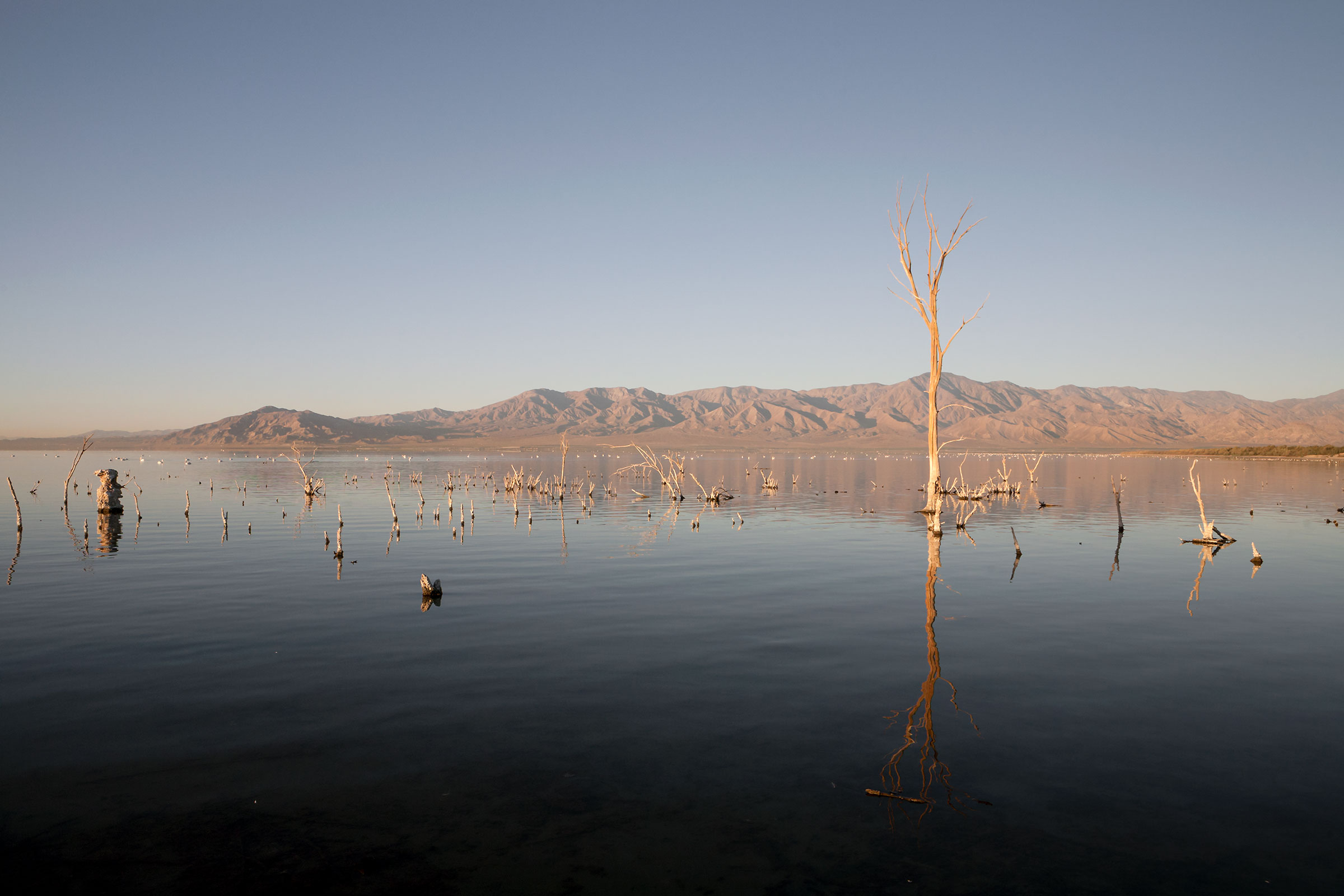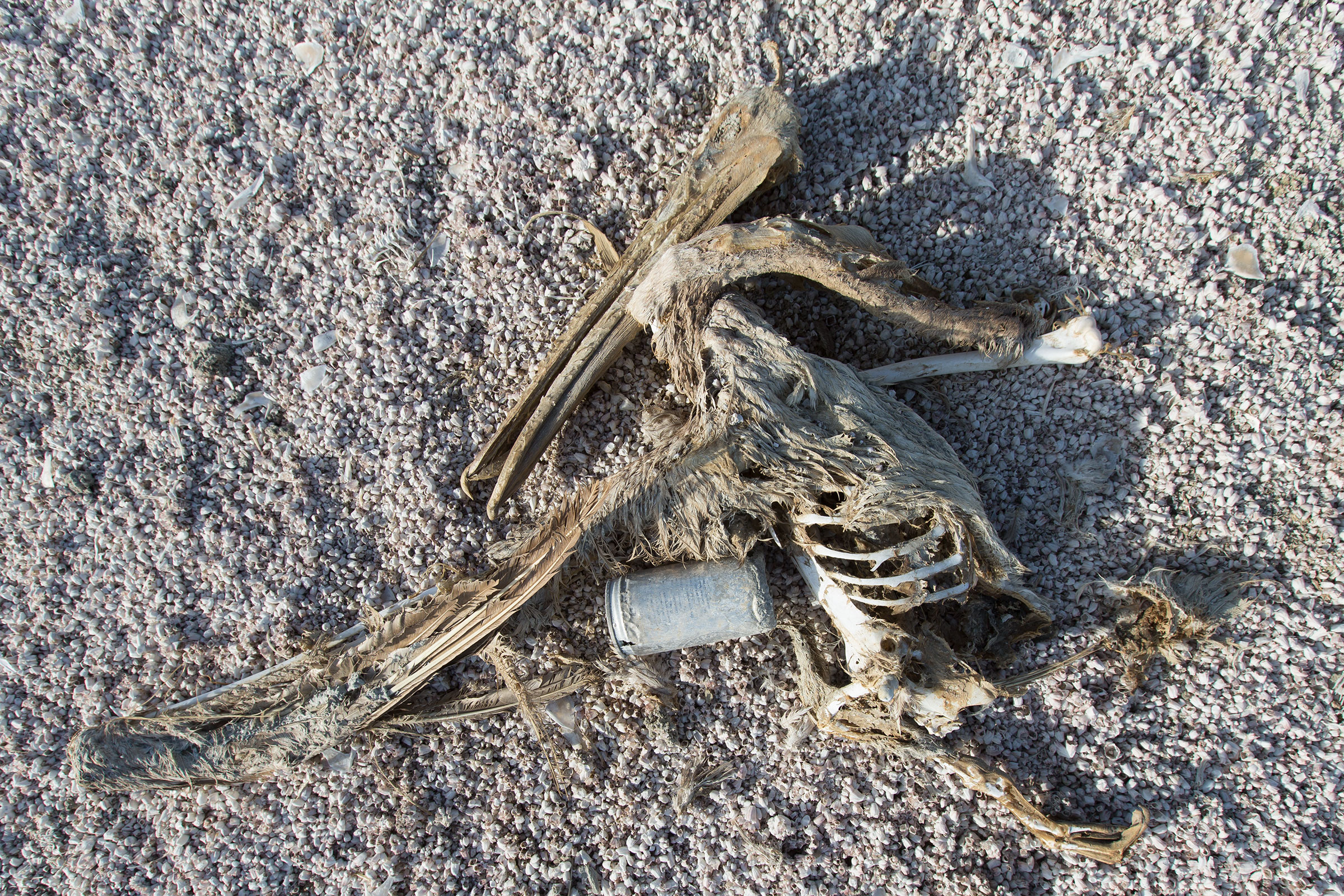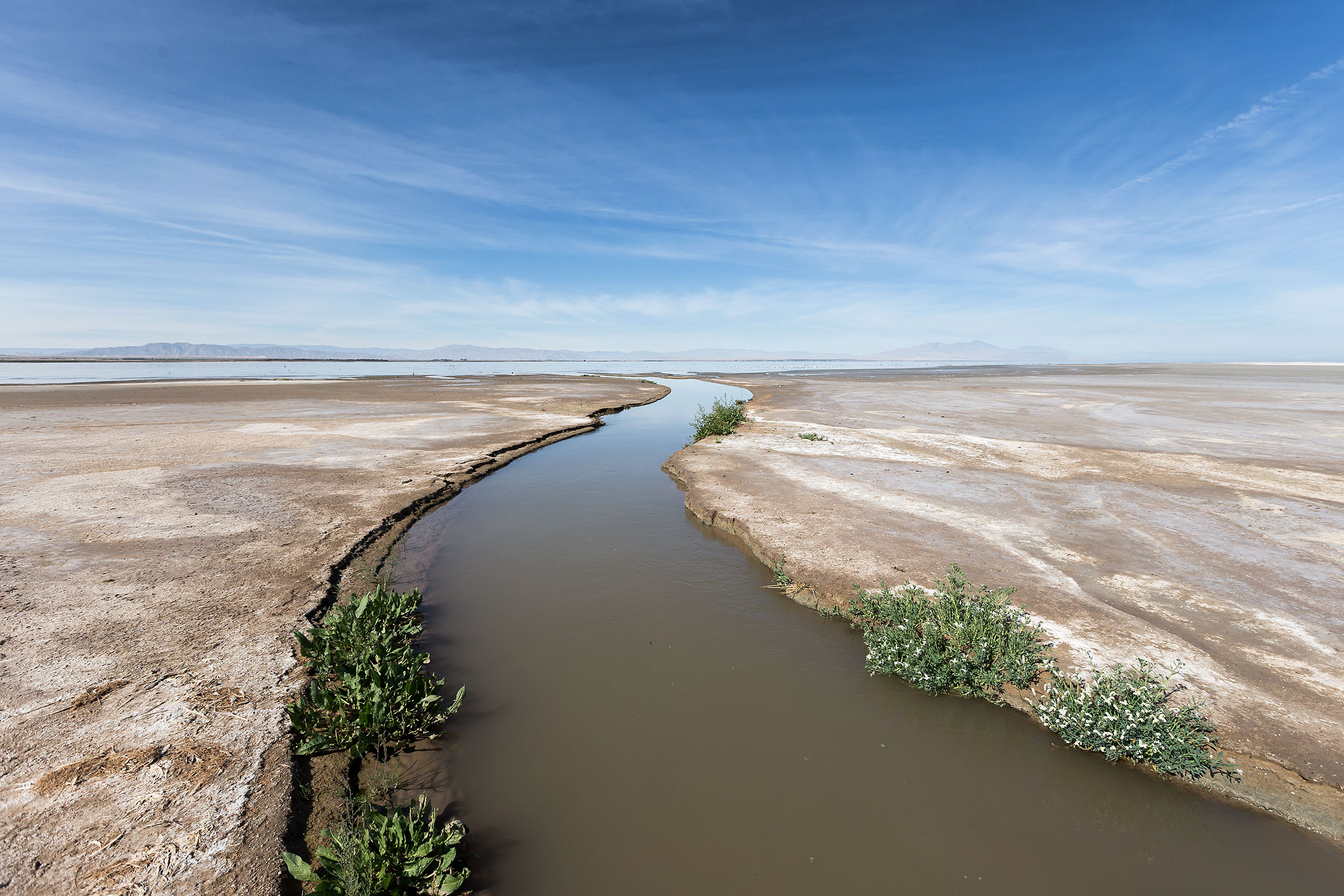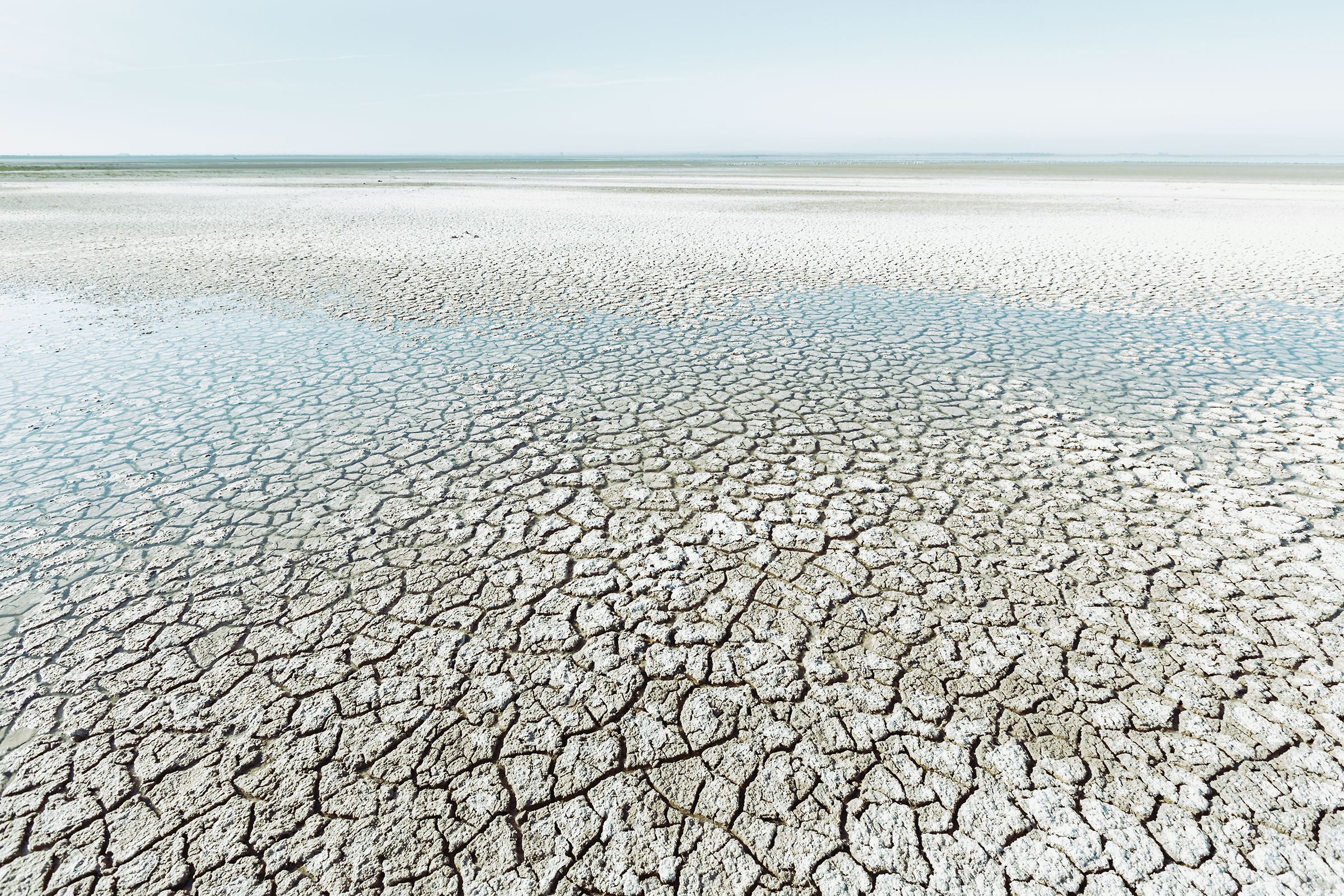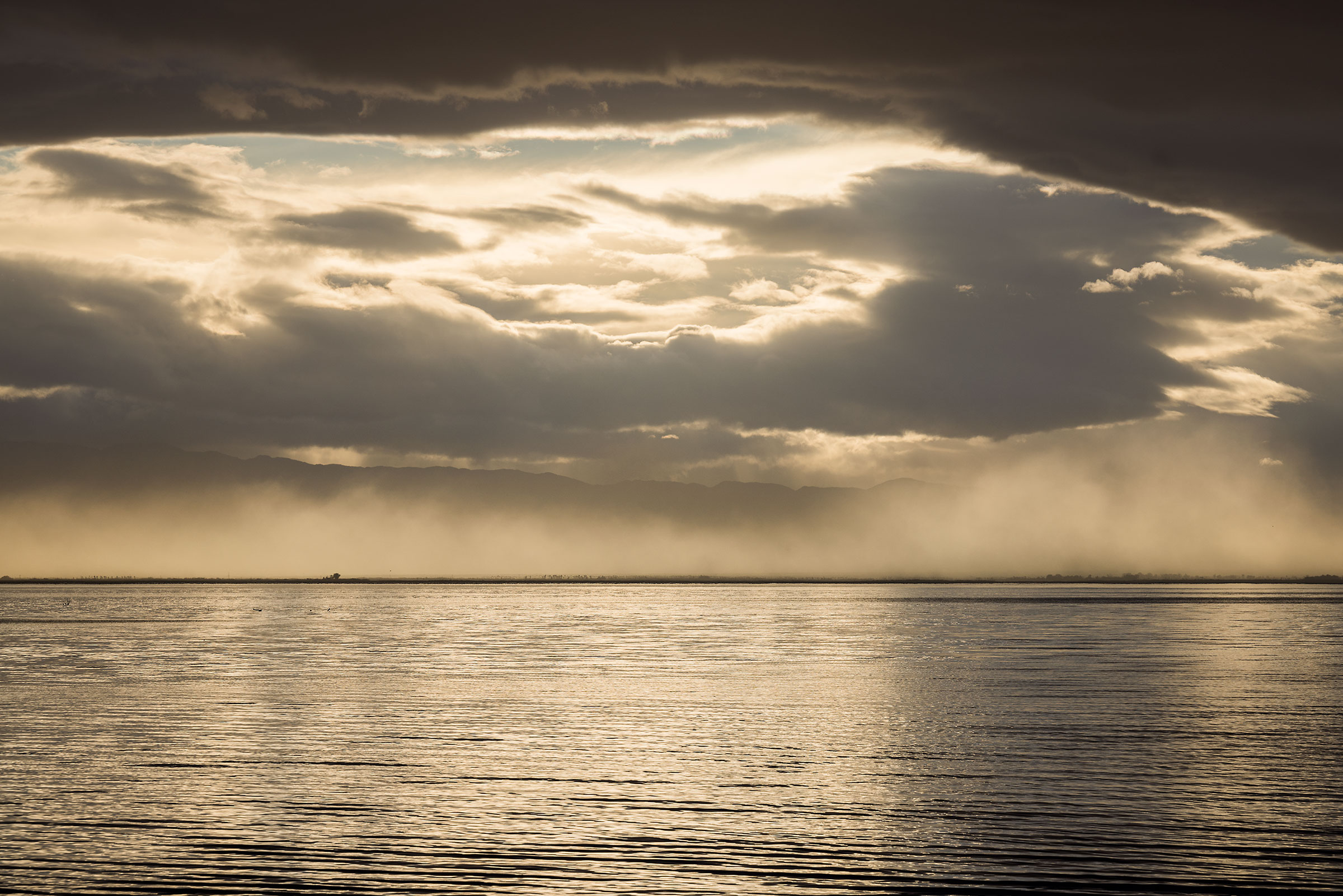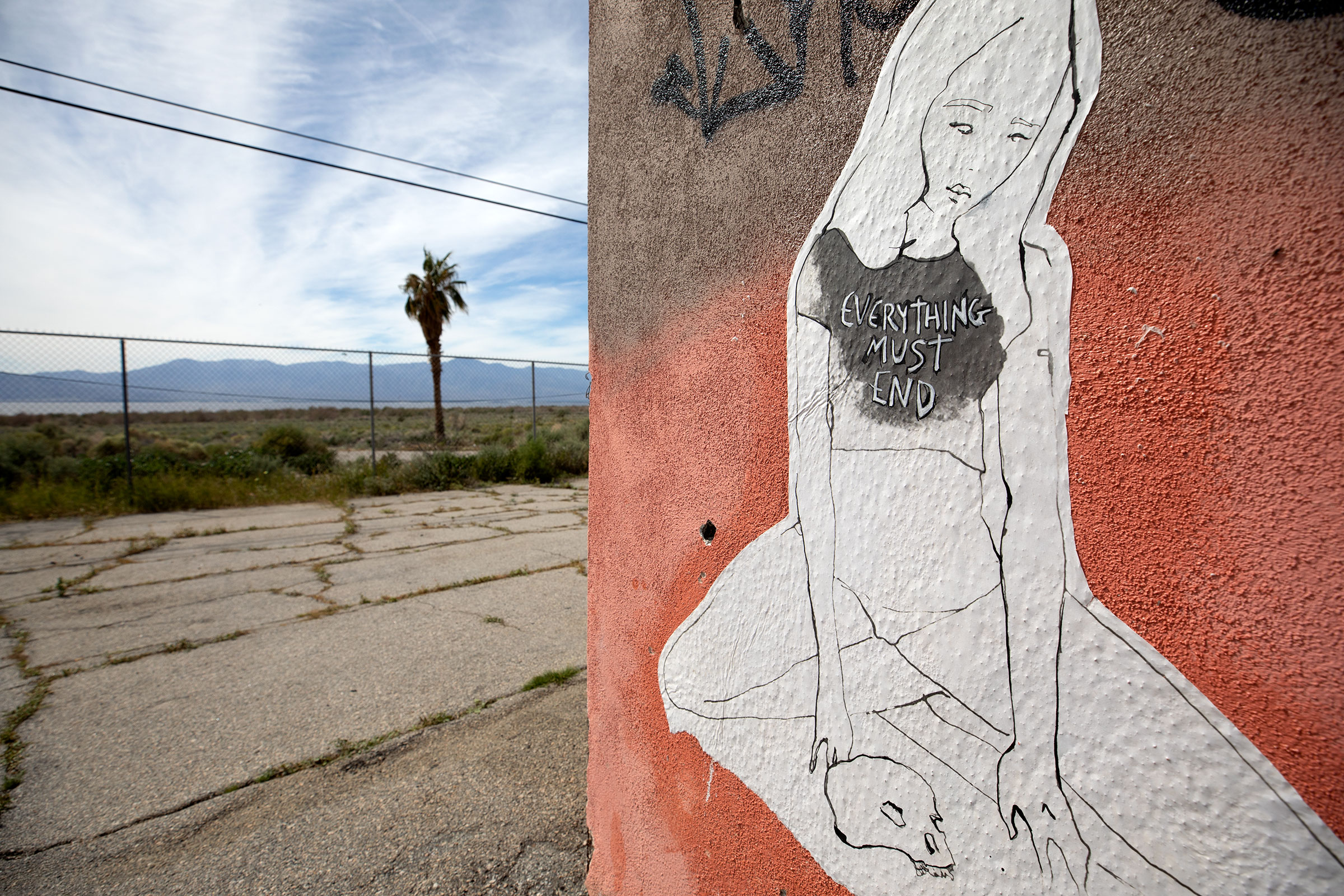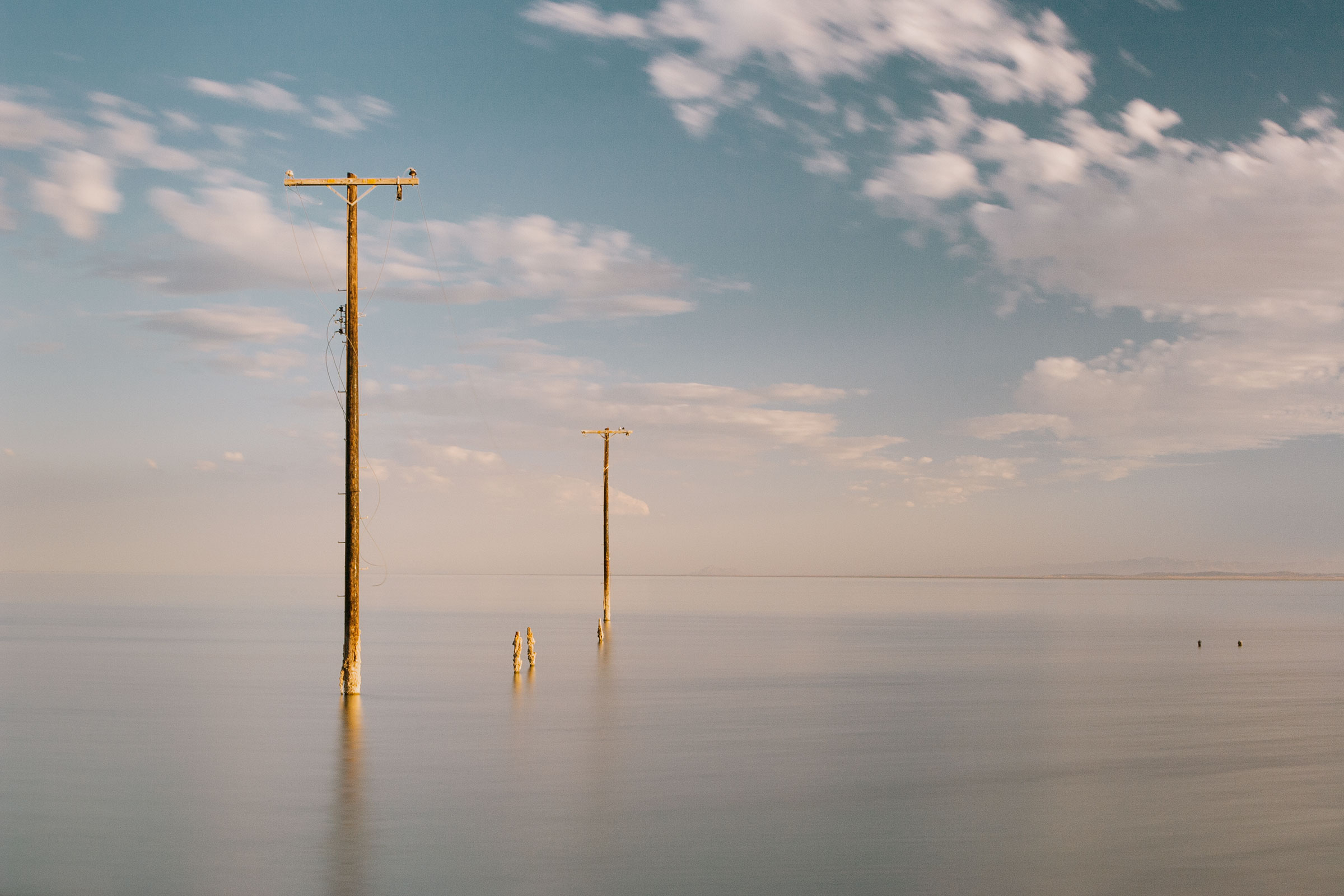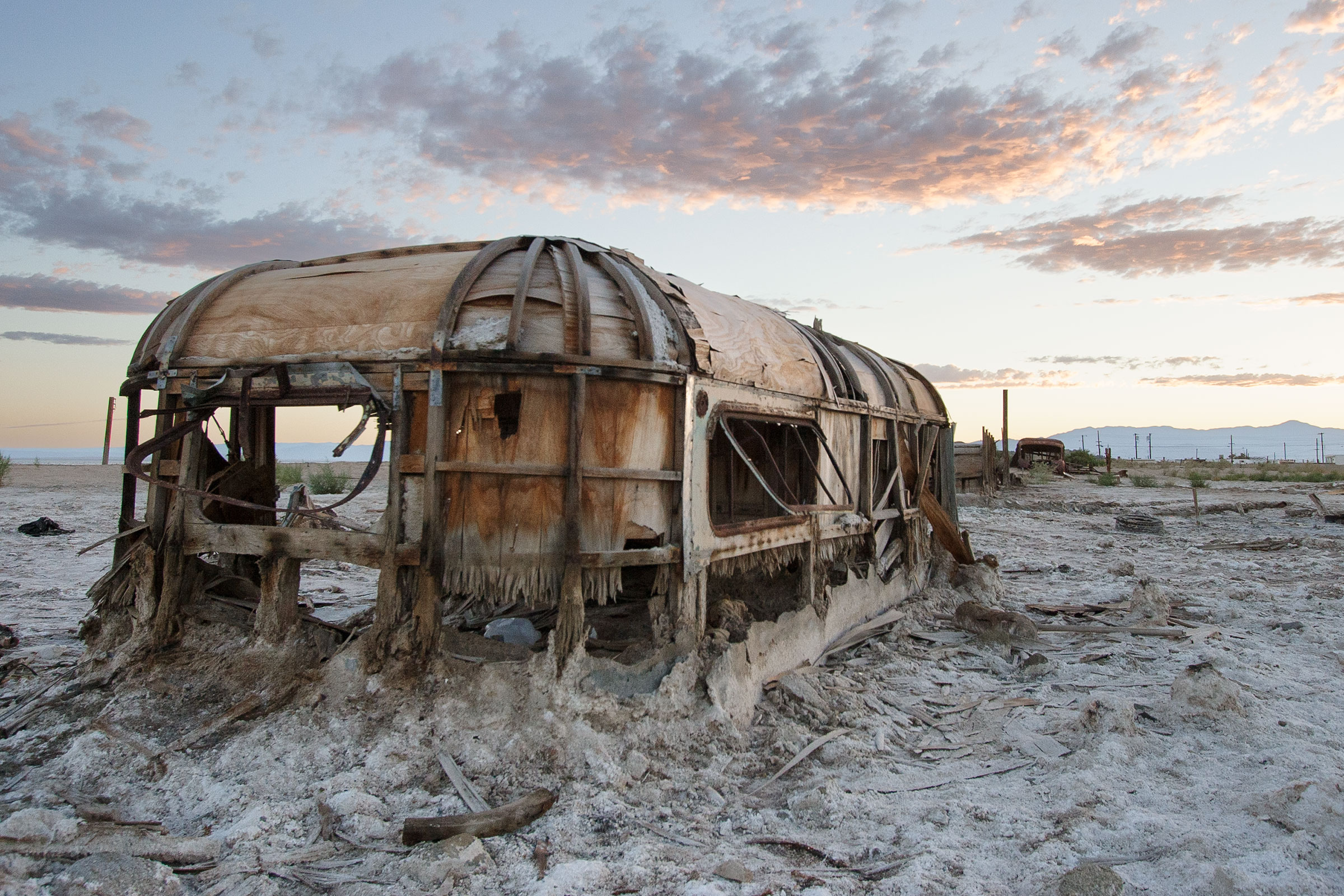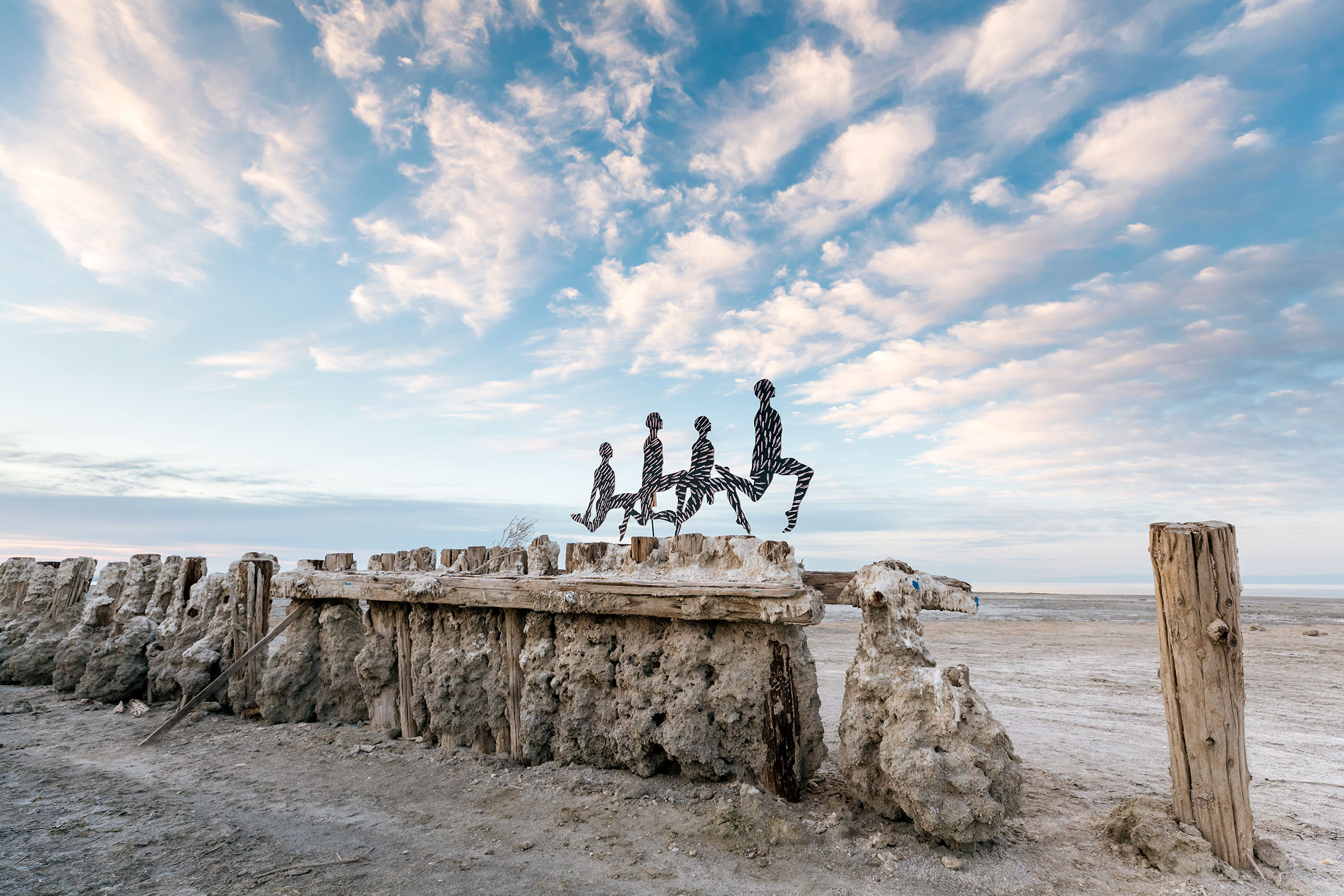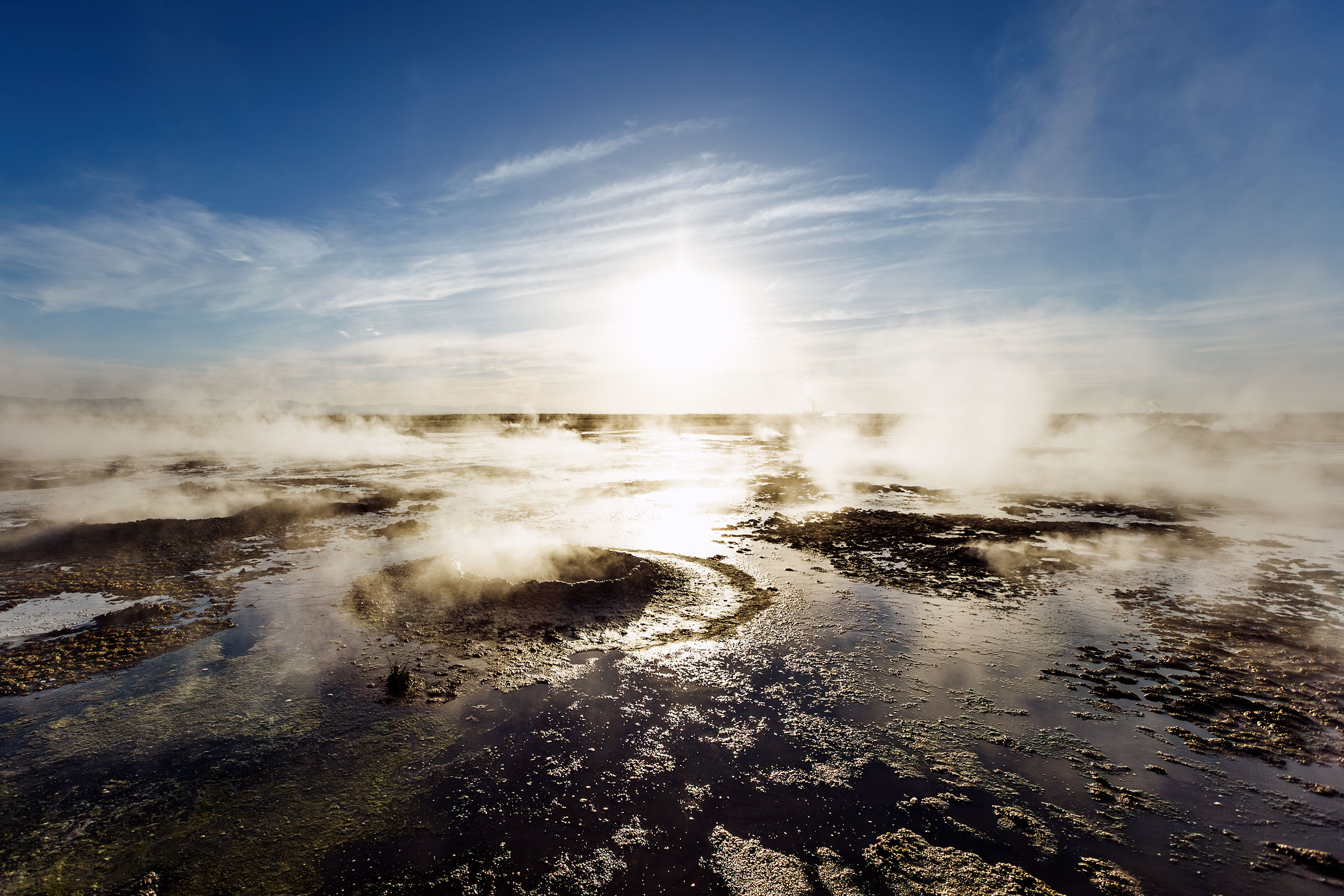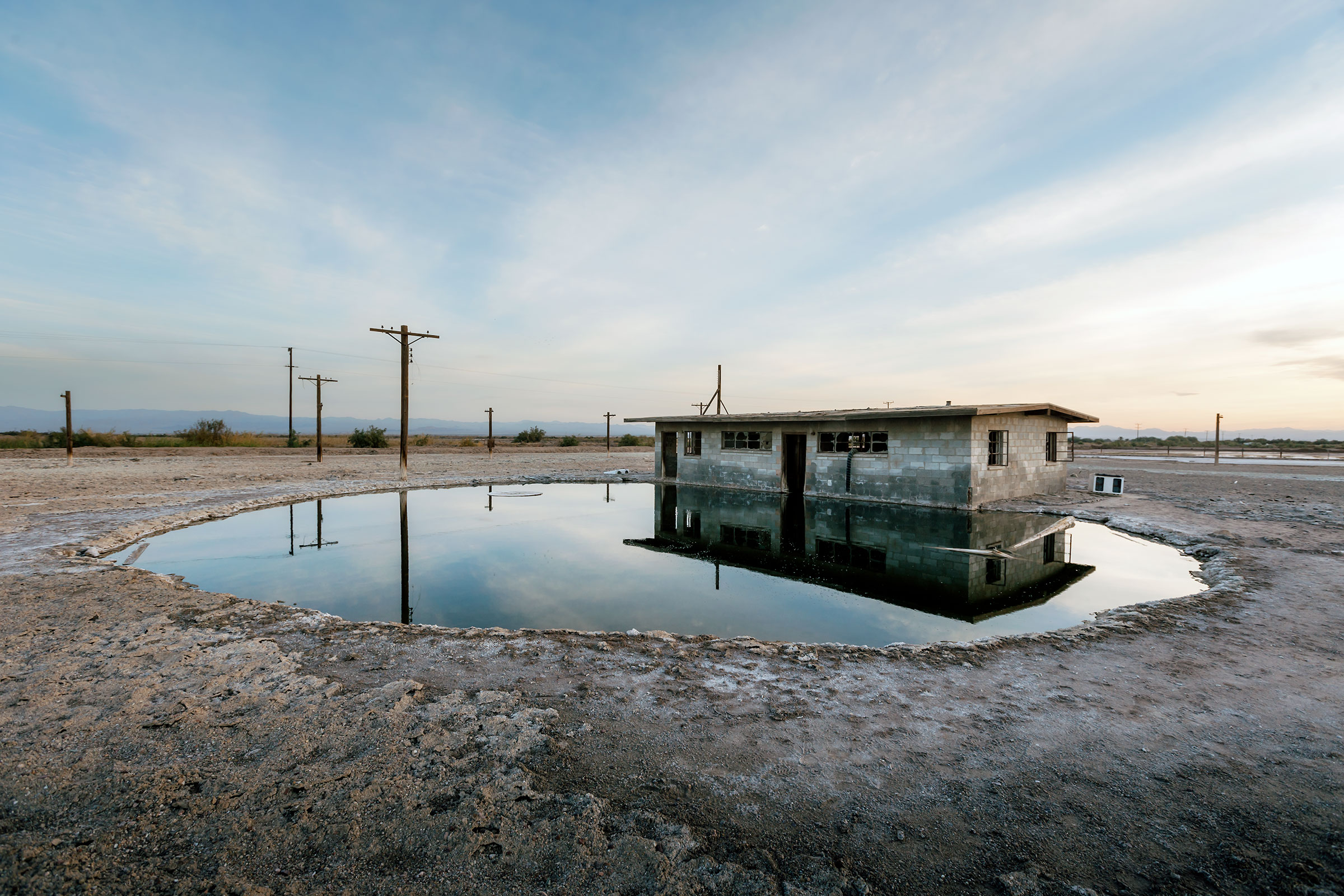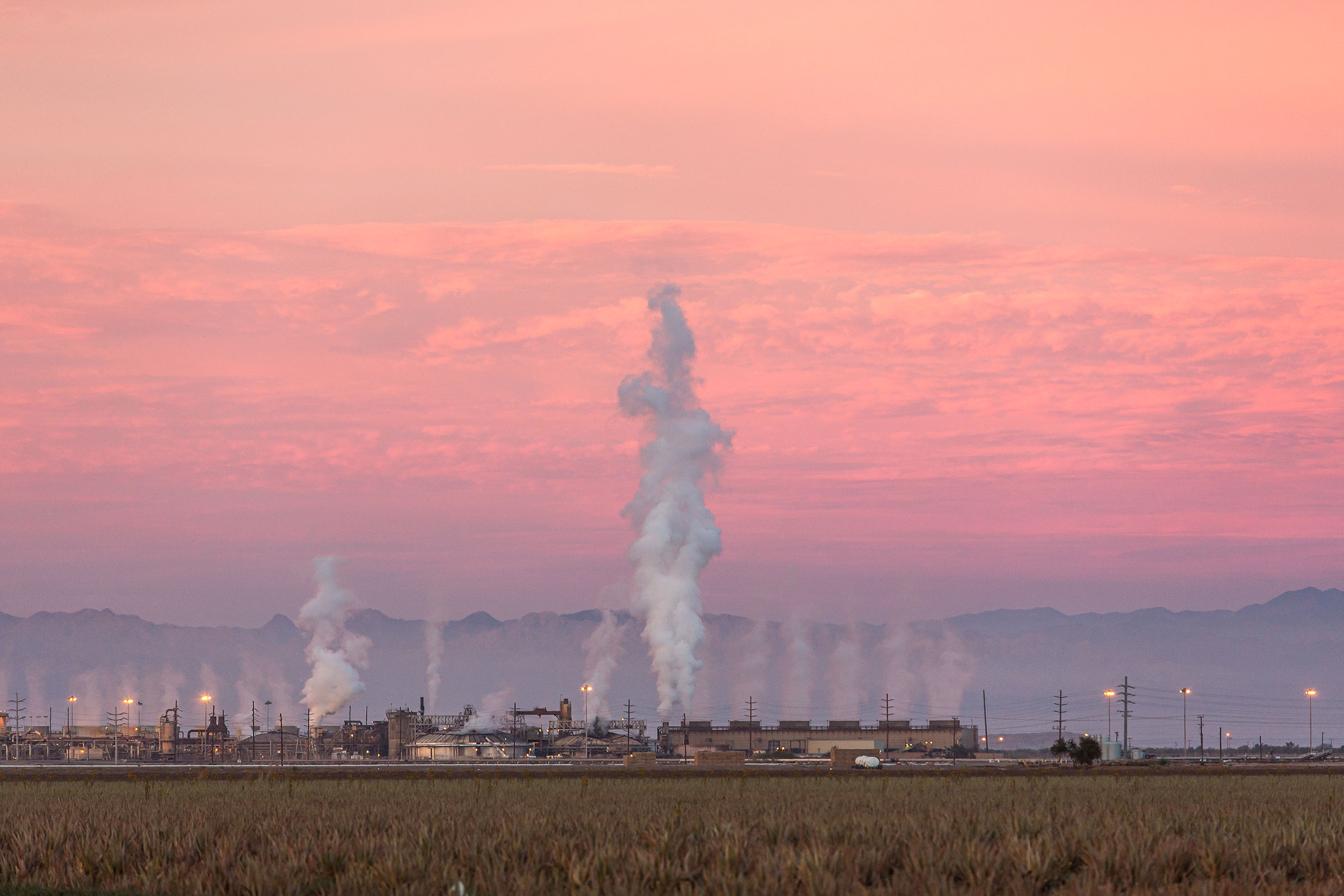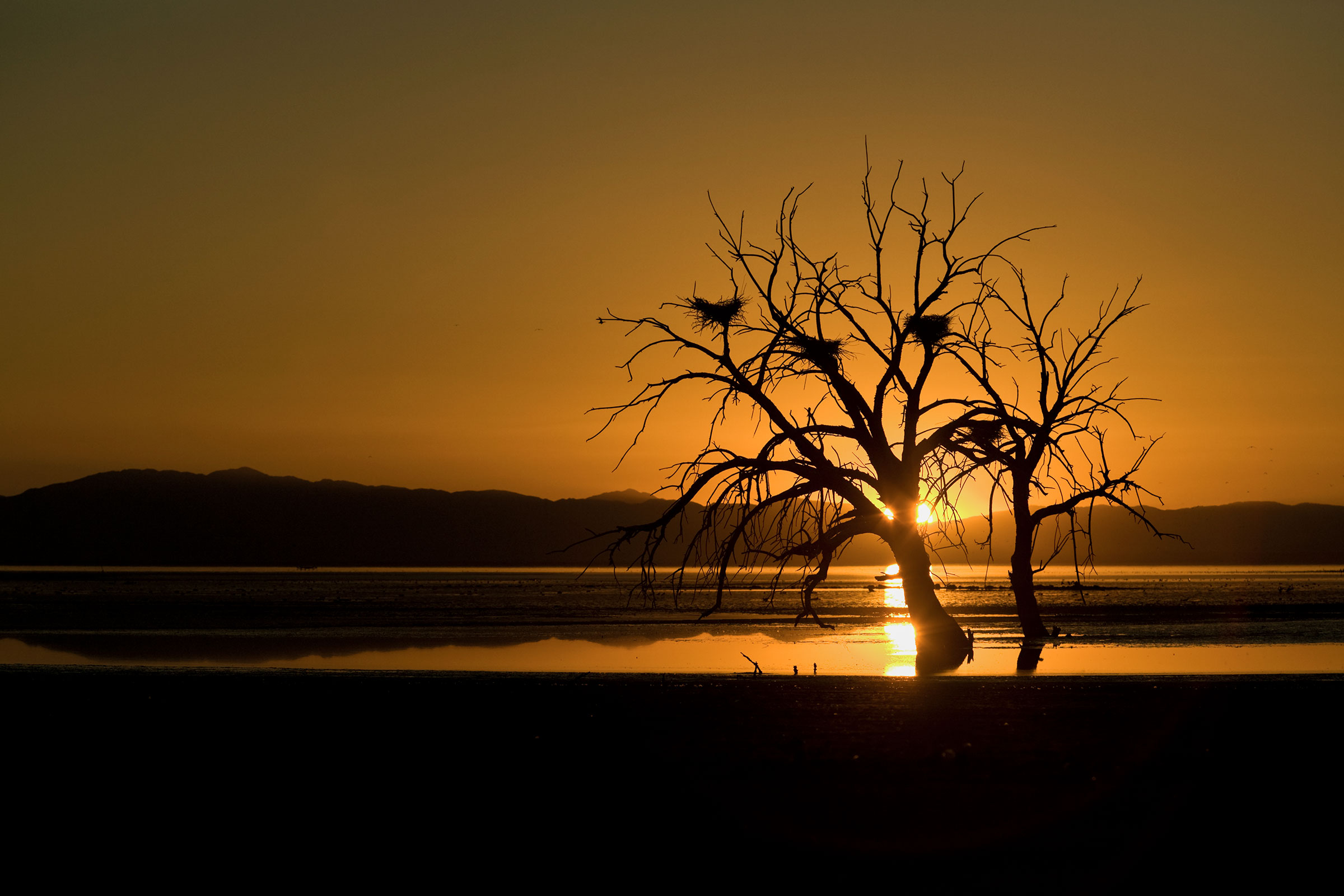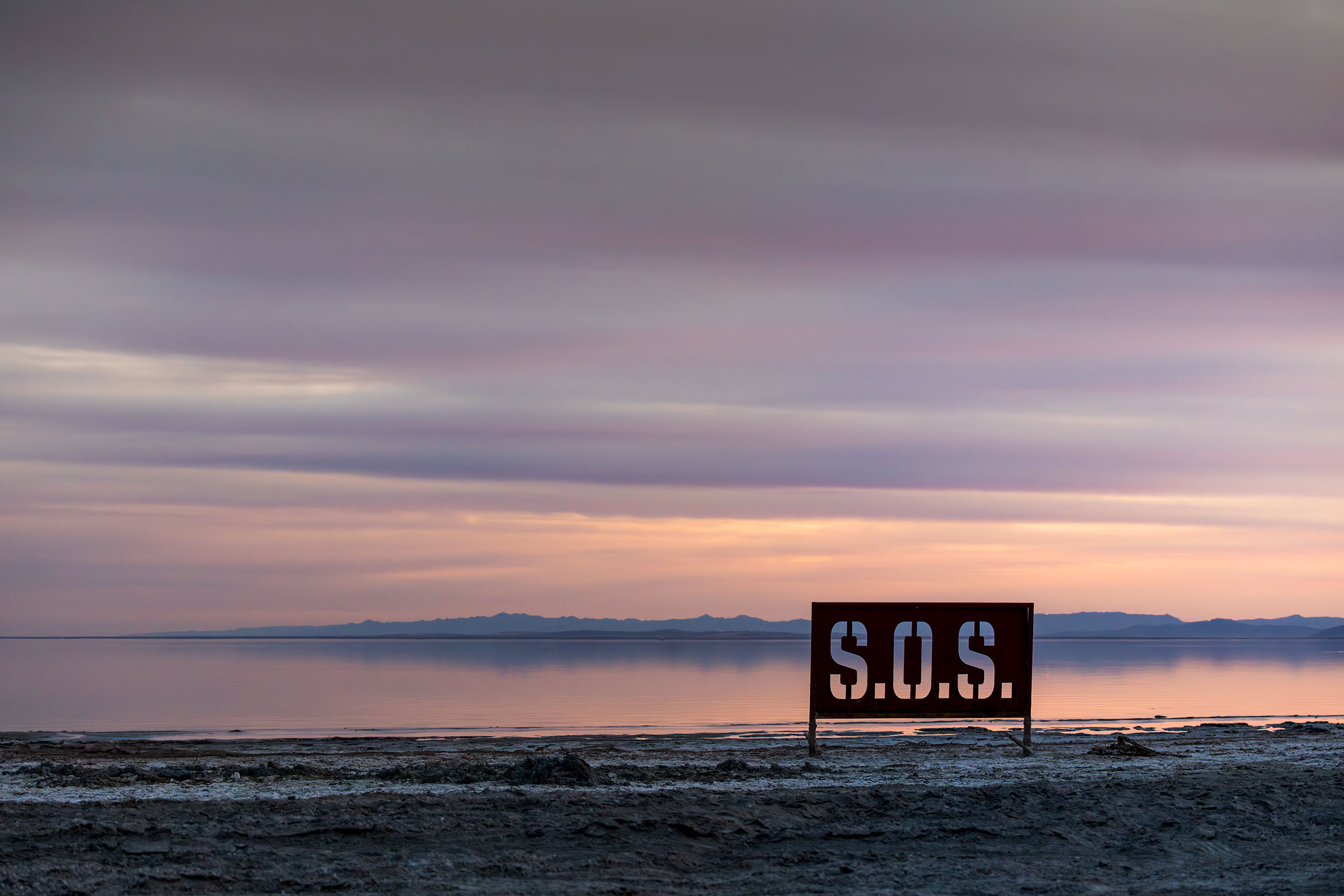The Salton Sea became a popular destination, but there were problems. The agricultural runoff feeding the lake was driving up its salinity, making the ecosystem increasingly uninhabitable for fish and the birds that fed on them. The runoff was also laden with pesticides, heavy metals and even raw sewage from across the Mexican border.
In the late 1970s and early 1980s, record rainfall coupled with unregulated runoff from nearby farms led to flooding. The Salton Sea has no natural outlet, so when the water level rose it inundated many of the communities along the shore, devastating businesses and forcing out local residents.
The floodwaters gradually receded, but the health of the sea has continued to deteriorate in recent decades. It’s now at a critical tipping point. The lake is rapidly drying up. The fish are gone. The air is foul and hazardous to breathe. And little remains of the once-thriving communities and resorts along the shore.
What is playing out at the Salton Sea is more than simply a story of boom and bust, as it’s sometimes portrayed in the media. It’s also a story about a neglected corner of the American West now facing a confluence of crises, from drought and pollution to poverty and mismanagement.

